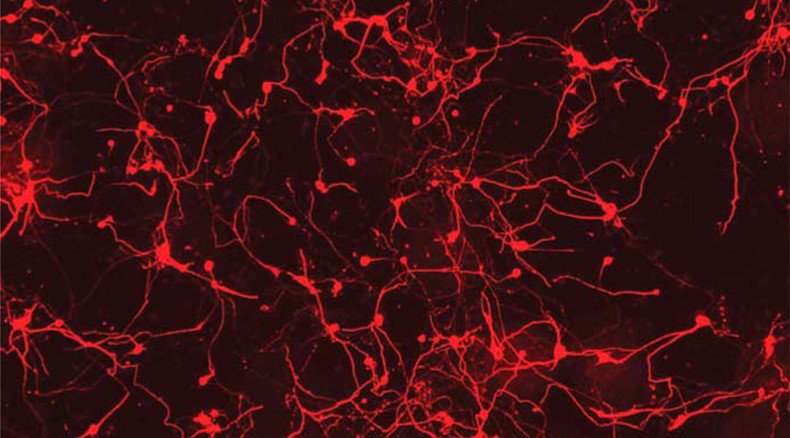Brain has internal ‘odometer’ and ‘stopwatch’ – study

The brain has its own ‘odometer’ and ‘stopwatch’ neurons, a new research by Boston University scientists says. These findings could help battle mental and cognitive disorders like Alzheimer’s disease.
The study involves rats running on treadmill, and focuses on specific neurons called grid cells which support navigation in time and space, even without visual landmarks and the optic flow.
Until now, there was no direct evidence demonstrating that the grid cells help the brain determine the distance and time passed.
To prove the contrary, researchers put rats on treadmills and recorded the activity of grid cells, keeping either distance or duration of running unchanged, and only varying the speed.
As a result, 92% of grid cells in rats emitted signals at specific moments: for instance, one cell would fire 8 seconds into the run, not taking into account speed or distance covered, and another cell would emit a signal every 400 cm, not depending on speed or duration of the run.
Brain hack: Cockroach neurons hijacked to control movement https://t.co/udZR5yKYTqpic.twitter.com/yYQNloEHBm
— RT (@RT_com) October 23, 201550 percent of the cells were affected by distance, another half by time, and around 40 percent by both factors.
"Space and time are ever-present dimensions by which events can be organized in memory," senior study author Howard Eichenbaum, a psychologist and neuroscientist at Boston University, said in the official press release.
READ MORE: Scientists discover specific brain cells responsible for alcoholism
"These findings support the view that memory evolved as a common function in mammals using circuits that organize events in space, time, and potentially many other dimensions of experience," he added.
Revolutionary touch-sensing synthetic skin developed in Stanford research http://t.co/sCC5YNcdIdpic.twitter.com/UrCtpZHeeD
— RT (@RT_com) October 16, 2015Earlier, grid cells were regarded as the indicators of location only. However, with the new study, scientists have discovered that when the place remains unchanged, grid cells keep track of the time and distance.
Thus, grid cells play “a much broader role for the medial entorhinal cortex than solely mapping space", Eichenbaum said.
What could humanity do with these findings? Actually, this knowledge could help deal with and prevent memory and cognitive disorders – for example, Alzheimer’s disease, researchers say.
“If we can understand the circuits better, it could help us to tease them back into normal function. If we can get to the cell level, now we can tune them back up again,” Eichenbaum said, as quoted by The Discover magazine.












